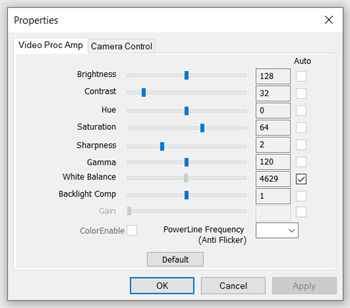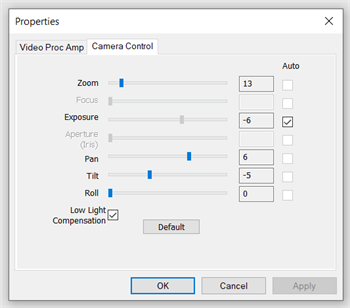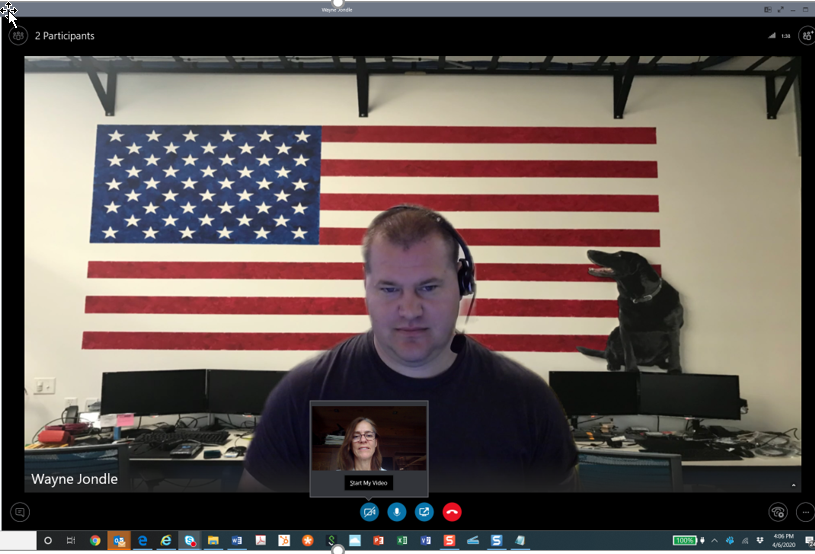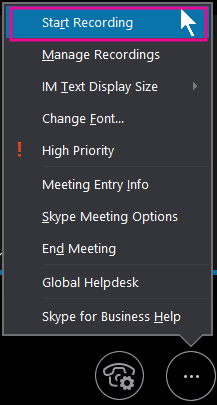TIME TO READ: 7 MINUTES
Working remotely presents its own challenges—as we're all finding out now!
Fortunately, technology exists to make it not only possible, but productive. You may have tried the many video conferencing platforms out there: Zoom, Skype for Business/Teams, GoToMeeting, Google Meet, etc.
This WOOF! will talk about how to present your best personal image when video conferencing. These work regardless of the platform you choose (but we do have a recommendation after the tips!).
10 Tips to Look and Sound Your Best on Video Conferences
Whether you're working from an office desk, kitchen table, or the living room couch, we all want to look our best when talking with others in a business setting.
When that setting is a video conference at home, looking your best may seem like more of a challenge.
These tips will make it much easier.
Optimize Your Audio Quality
- If you have a high-quality laptop and a nice quiet space, the built-in microphone should work. If not, use a headset. Don't have a headset? Try one from these brands: Jabra, Plantronics, or Sennheiser.
- Test your audio quality before the meeting (look for Audio Device Settings).If you sound like you’re in a tin can, you can change the audio settings before the meeting to achieve your best sound.
- During the meeting, tap mute whenever there's continuous background noise in your room or the house. Paper shuffling, dogs barking, neighbor mowing their lawn.If you can hear it, everyone on the call can hear it. Muting shows respect for your fellow attendees.
- If you’re hearing background noise from another participant, the most polite way to call attention to it is to ask the speaker, “[Person Speaking] could you repeat that? I'm sorry, we've got some noise on the line…not sure where it's coming from."
Video Tips: Lighting, Angles, Action!
- LIGHTING: The best place to have lighting when on a video call, is in front of you! Put the light source between your laptop and the wall behind it. The light will bounce off the wall and hit your face.
- The worst place to put lighting is behind your head. It darkens your face and throws shadows over the camera.
- Sitting in front of a window can also cast a natural light on your face.
- Try out the lighting in a few locations at home using your phone’s camera, selfie style.
- CAMERA ANGLE: Position your laptop a little past your arm's length. The camera lens should line up to your forehead. In most situations this means putting your laptop on a stack of books or a box.
- Your goal is a camera that is angled a little down or directly at your face, instead of from your neck up.
- Still not getting the best image of yourself? Each video platform has Camera/Video settings to help including tilt, pan, lighting, color and sharpness settings. Here are examples from Skype for Business:


- CLOTHING: Wear professional attire! Avoid bright colors or very dark tones. Wear contrasting colors to whatever is behind you.
- WHERE TO LOOK DURING THE CALL: Look at the camera, not at the screen! This way you look like you’re speaking directly to the other attendees (instead of looking down at the corner watching yourself talk—admittedly hard not to do).
- PRE-CONFERENCE TEST: 15 minutes before the call, prepare your laptop & lighting. Skype4B and Teams both let you see what you look like before you call anyone.
- STEPPING AWAY: If you have to leave the conference for a moment, turn off your video beforehand and your static Skype image will appear. Then turn it back on when you return. This way nobody has to stare at an empty chair.
Stage an Awesome Background—with an App
When joining a video conference from home, the background others see is...your home. You may have a nice & tidy home office, or you may not.
Either way, you may want to appear more professional in your calls. The easiest way to do that? Use a custom background.
To borrow an older phrase—there's an app for that!
One example is XSplit VCam. This add-on inserts a background into video calls & conferences.
Here’s Wayne of PlanetMagpie having a Skype video conference from home, but using an image from our IT Lab as his background.

With an app like XSplit VCam, you can also blur out your current background, thereby focusing the video on you.
When using background modifiers like XSplit VCam, you may see some "artifacts" around the person’s image when they move. Why? The HDR camera has to figure out where to focus. It will do so fast, but when using an app like this, try not to move around a lot during the call.
Like XSplit VCam, Microsoft Teams has a built-in “background blur" feature (though Skype for Business does not).
Record Your Video Conferences for Future Reference
Co-workers can't attend the video conference? Record it for them!
 Most video conferencing platforms have a recording option. When using Skype for Business/Teams, the Presenter (the person who scheduled the video conference) has a "Start Recording" option in the meeting window. Here's how to find & use it.
Most video conferencing platforms have a recording option. When using Skype for Business/Teams, the Presenter (the person who scheduled the video conference) has a "Start Recording" option in the meeting window. Here's how to find & use it.
- When you open the video conference, look for the More Options button in the bottom right corner.
- Click the More Options button (looks like three dots).
- From the menu, choose Start Recording. Screenshot on right.
- Skype4B will begin recording the audio, video, and shared content from the conference.
- When you’re done, click Stop Recording in the same menu.
Skype for Business automatically saves the recording in an MP4 format, which most devices can play with default apps. You'll receive a link to the recording file once it's ready.
Skype for Business: Built as a Secure ‘Work Anywhere’ Solution
Video conferencing has seen a major surge in use this past month. Zoom took an early lead in user adoptions...but we recommend against using it.
Why? Cybersecurity. The Zoom platform has multiple privacy & security issues: flaws that let someone take over your computer, leaking email addresses, quietly sending your data to Facebook, etc. Here's a current list of the issues.
Instead of Zoom, we recommend using Microsoft's Skype for Business or Teams apps.
Both provide an assortment of communications tools, mobile-friendly, and built to handle whatever you need them to:
- Hold daily/weekly team meetings with video and stay personally connected
- Record video conferences for any team members who can't make the scheduled time
- Have on-the-fly secure chats with your coworkers (with animated emojis for a little fun!)
- Set up "chat rooms" for specific projects, to keep project conversations in one location
- “Presence” indicators show which of your team members are online and available, and which are not
- Call coworkers, customers, or anyone else from your computer (displaying your regular phone number)
- Conduct sales and project presentations for customers, with video and PowerPoint slides
Microsoft has made Teams free for 6 months. Details at: https://www.microsoft.com/en-us/microsoft-365/blog/2020/03/05/our-commitment-to-customers-during-covid-19/
Skype for Business/Teams: Lifesavers for Video Conferencing
If you already run Skype for Business/Teams, we hope these tips will help you make the most of the platform. Many of our Skype for Business customers have had great results while they work-in-place during this COVID-19 crisis.
If you use another video conference platform right now, these tips should still help you. Stay safe, and show your best self to the world!
To set up a Skype for Business Server or Teams deployment, visit our Microsoft Solutions page.